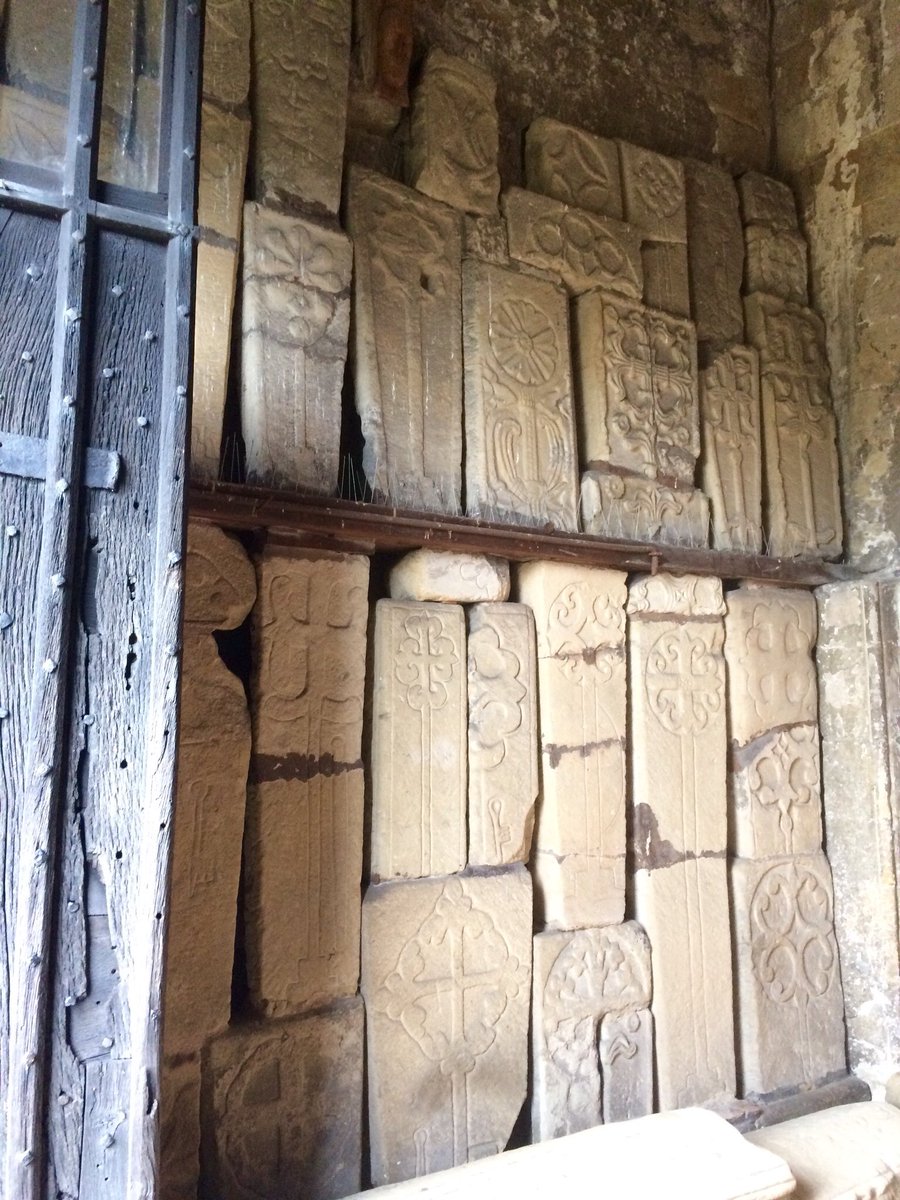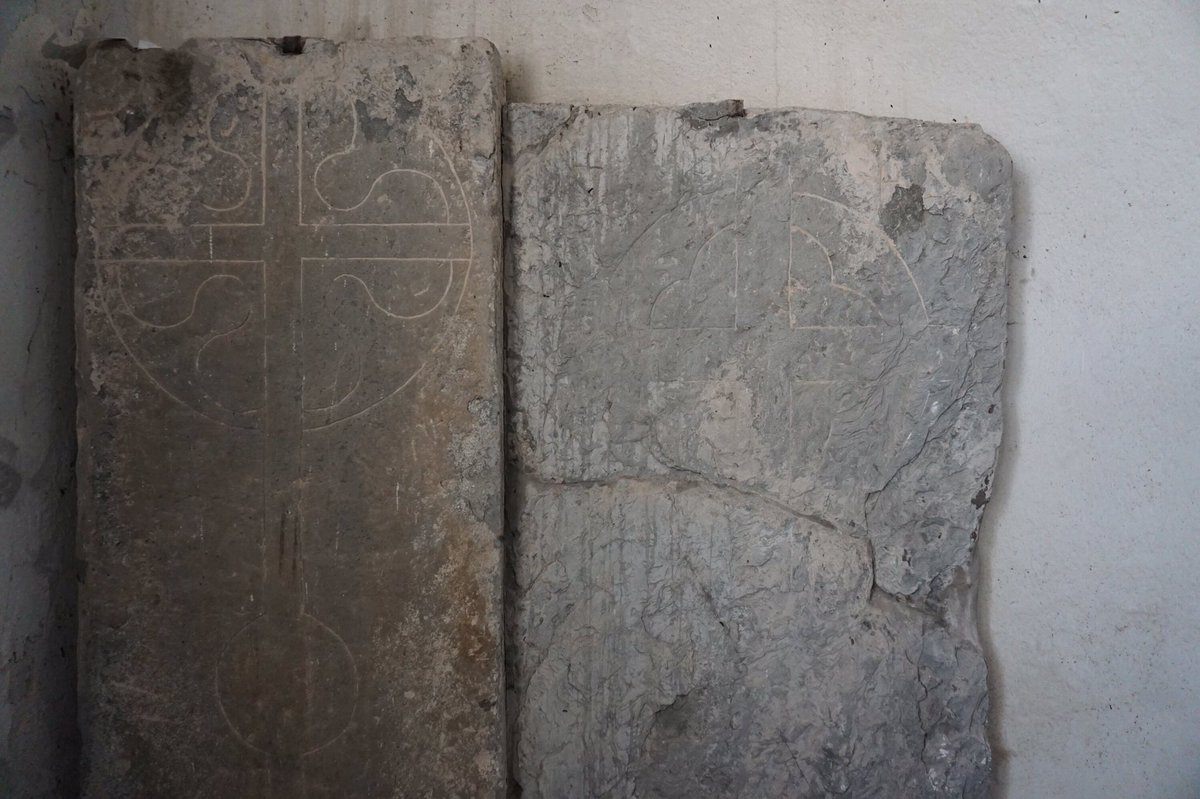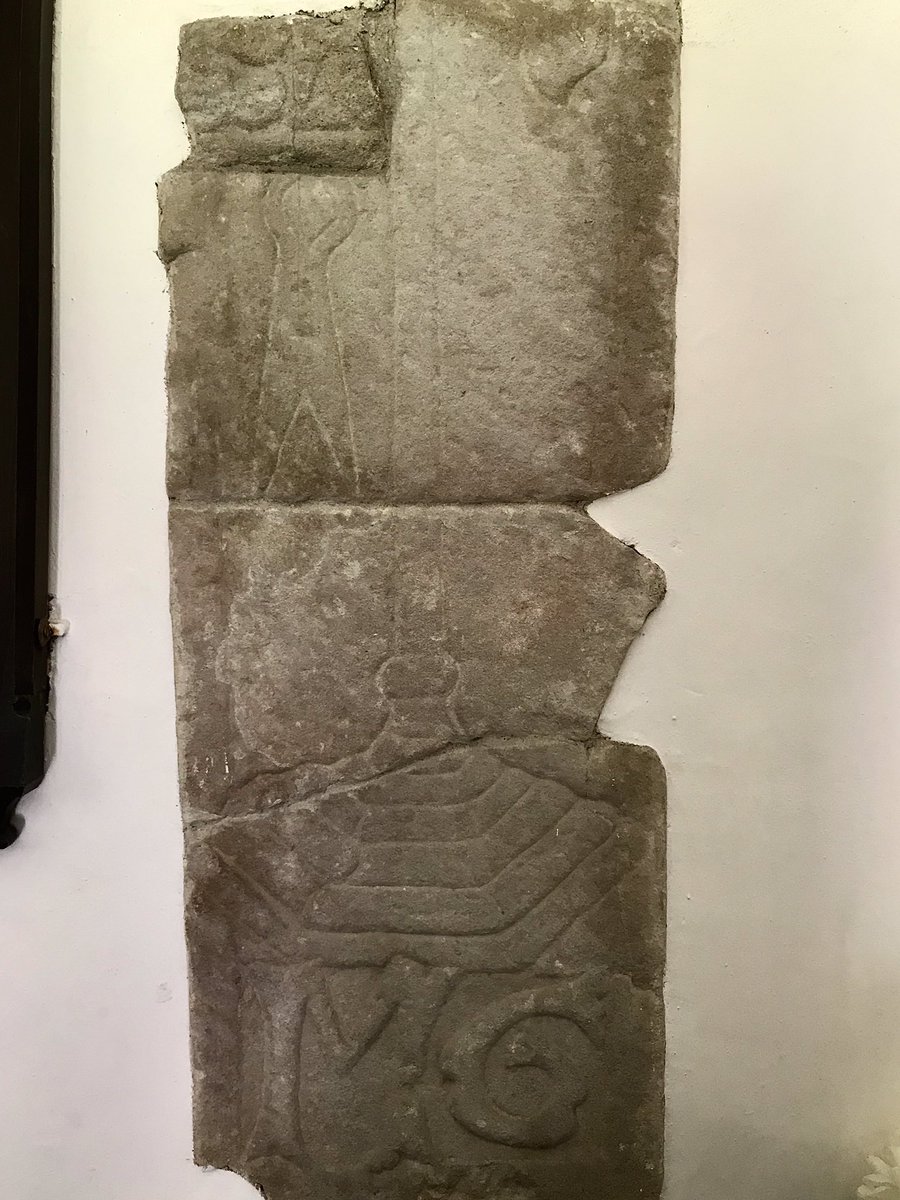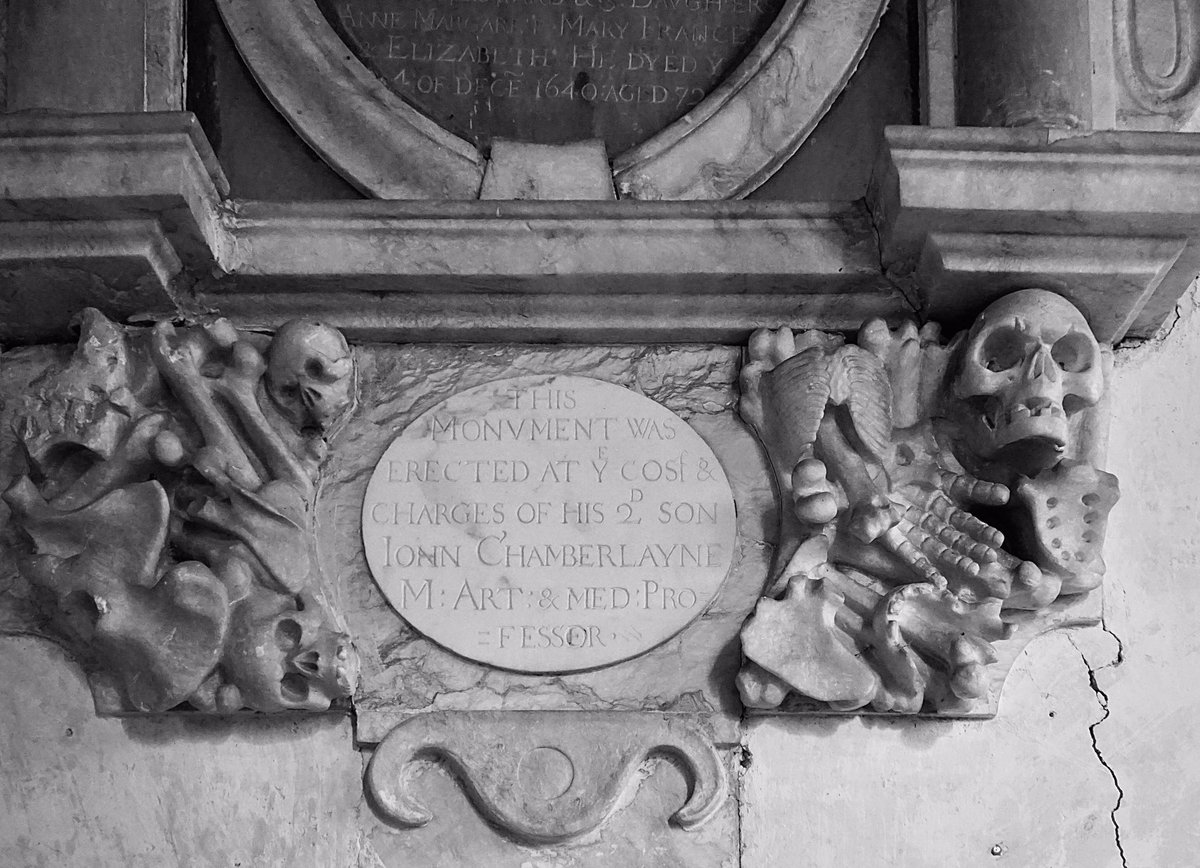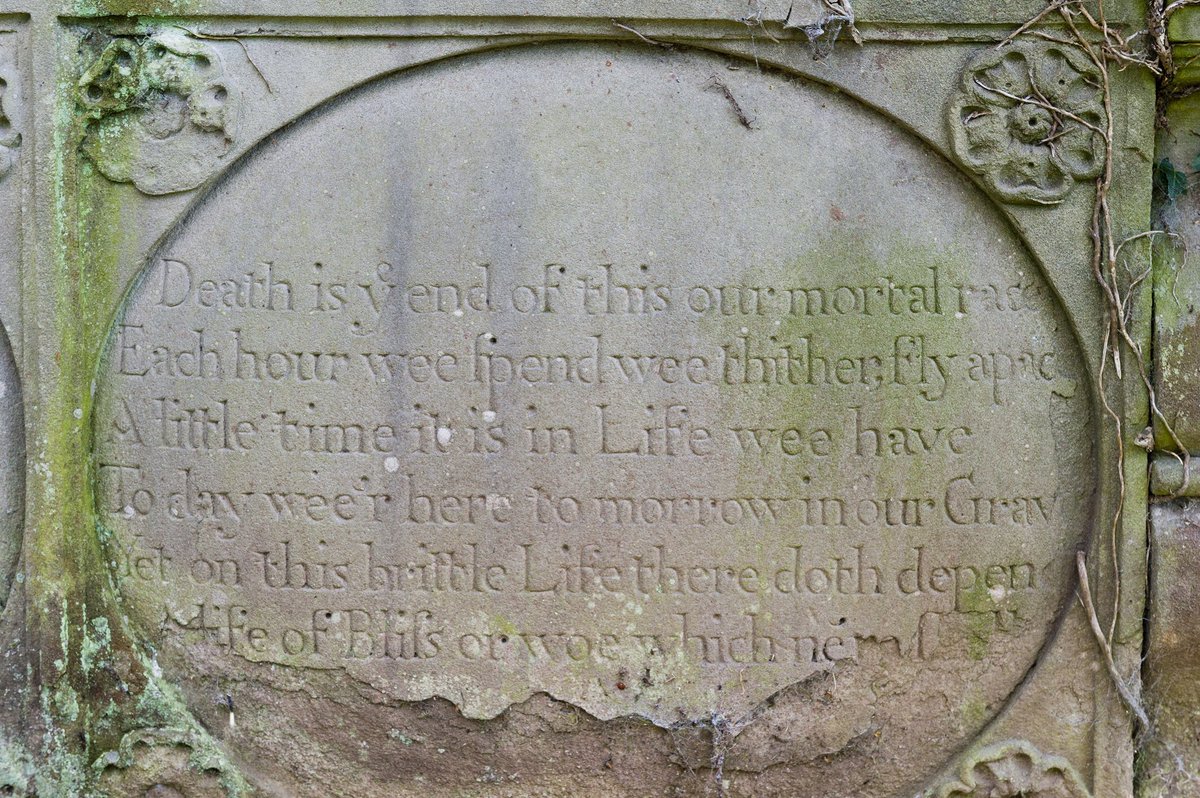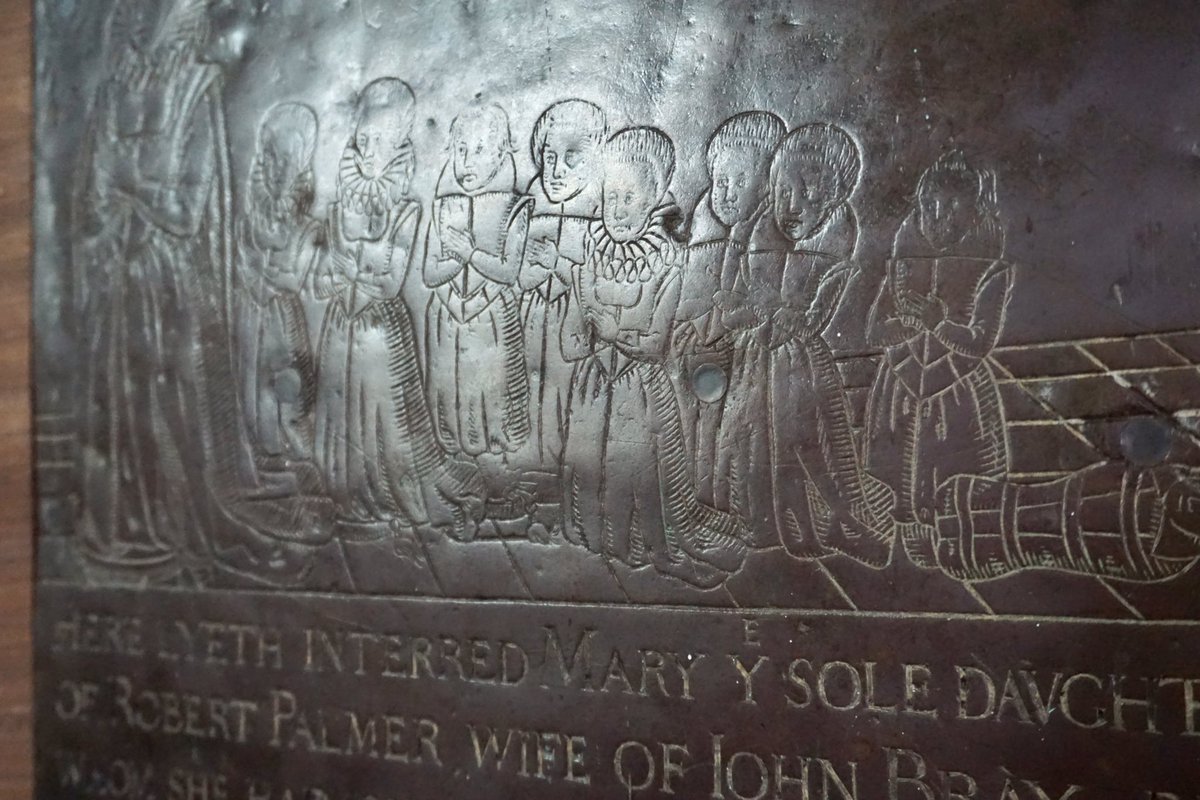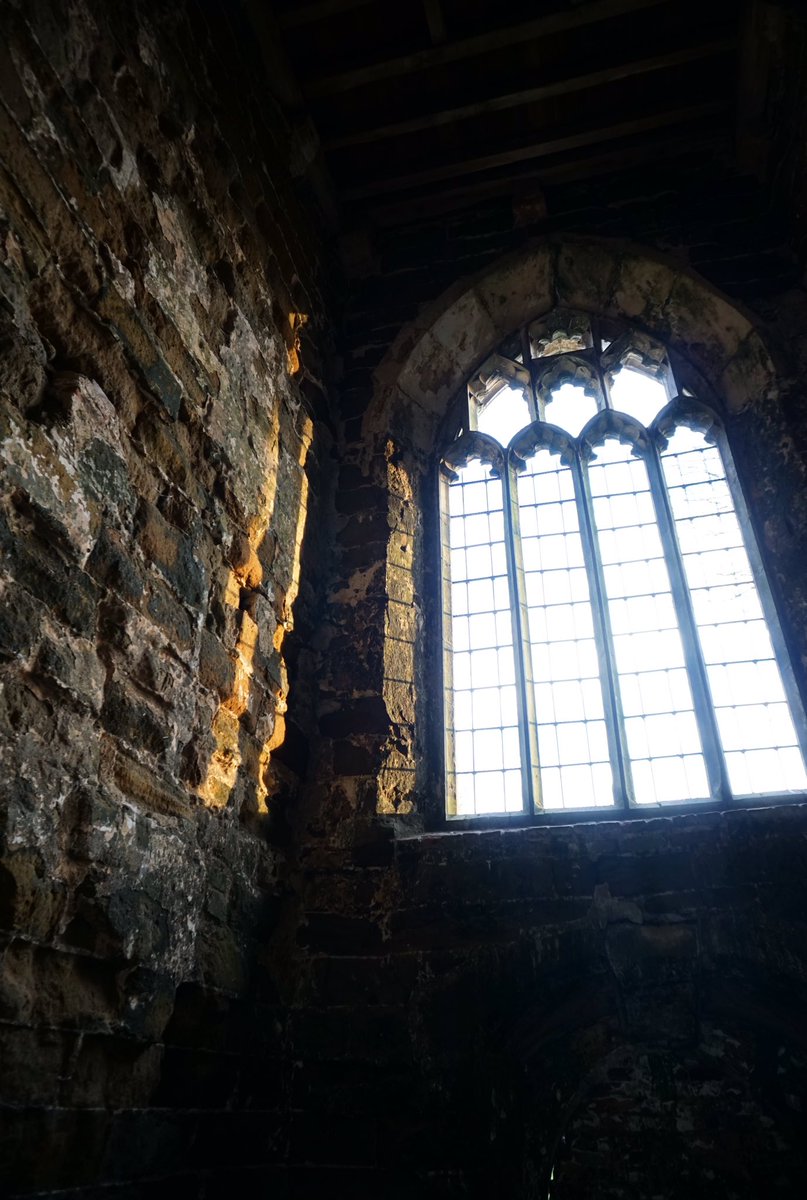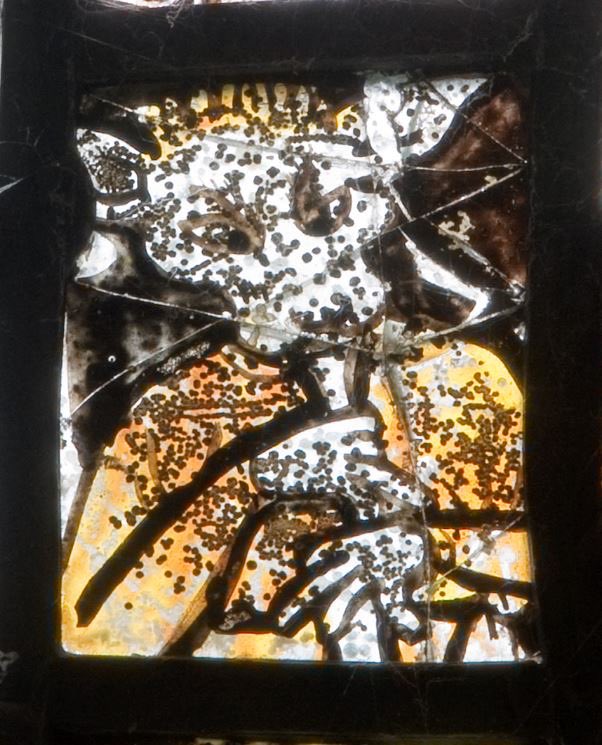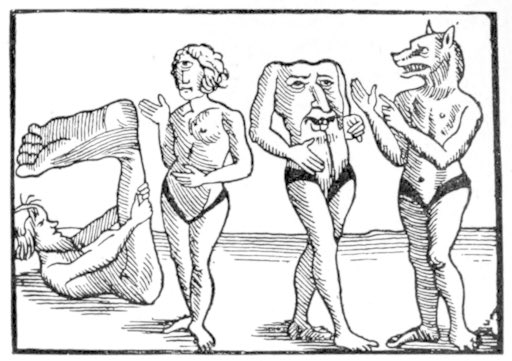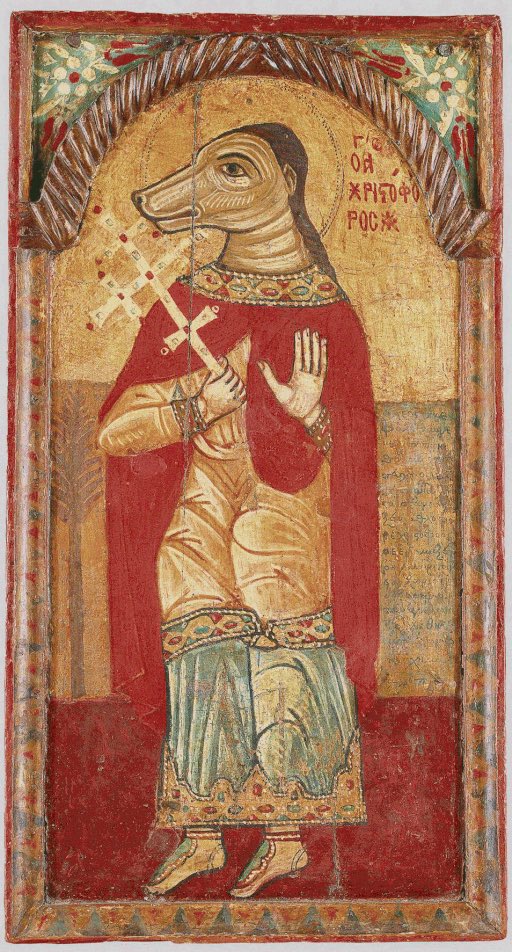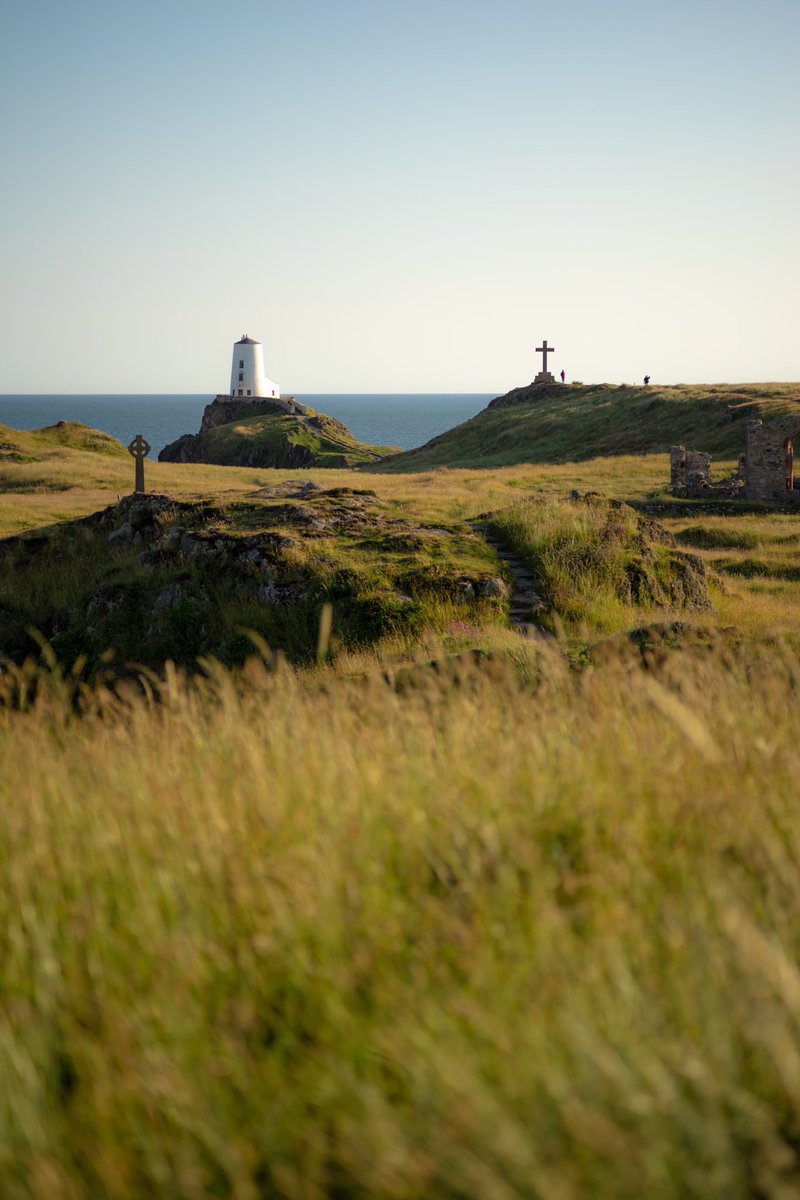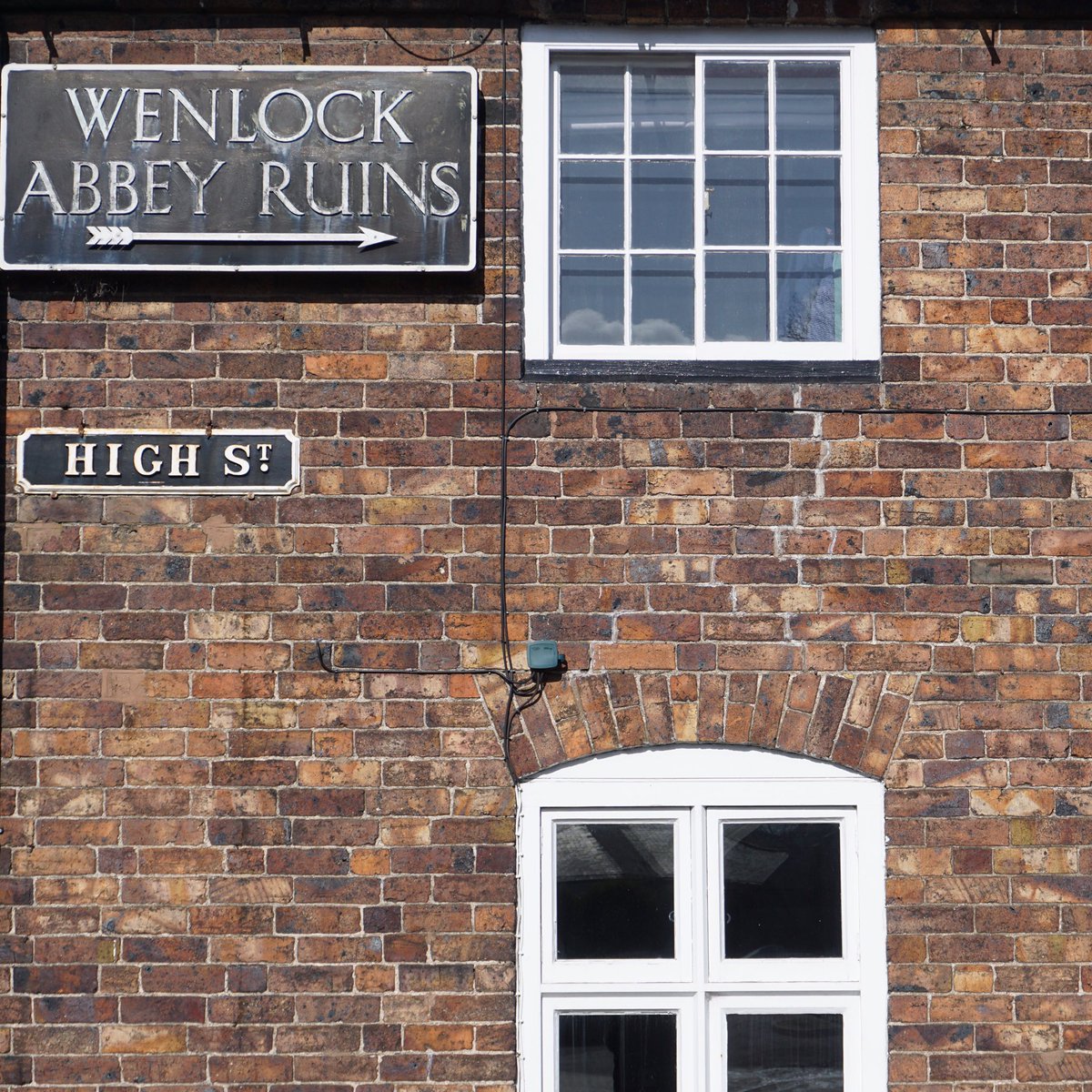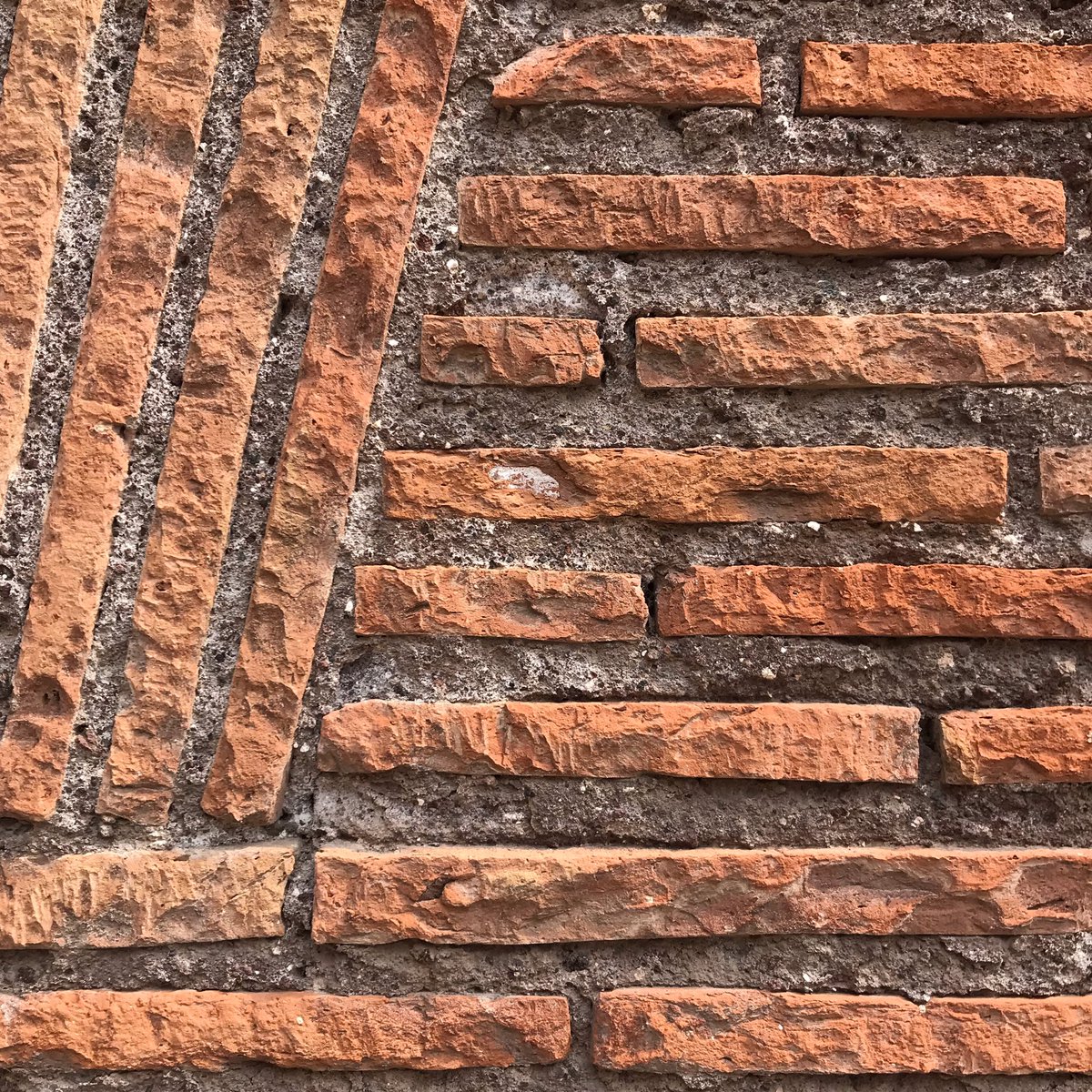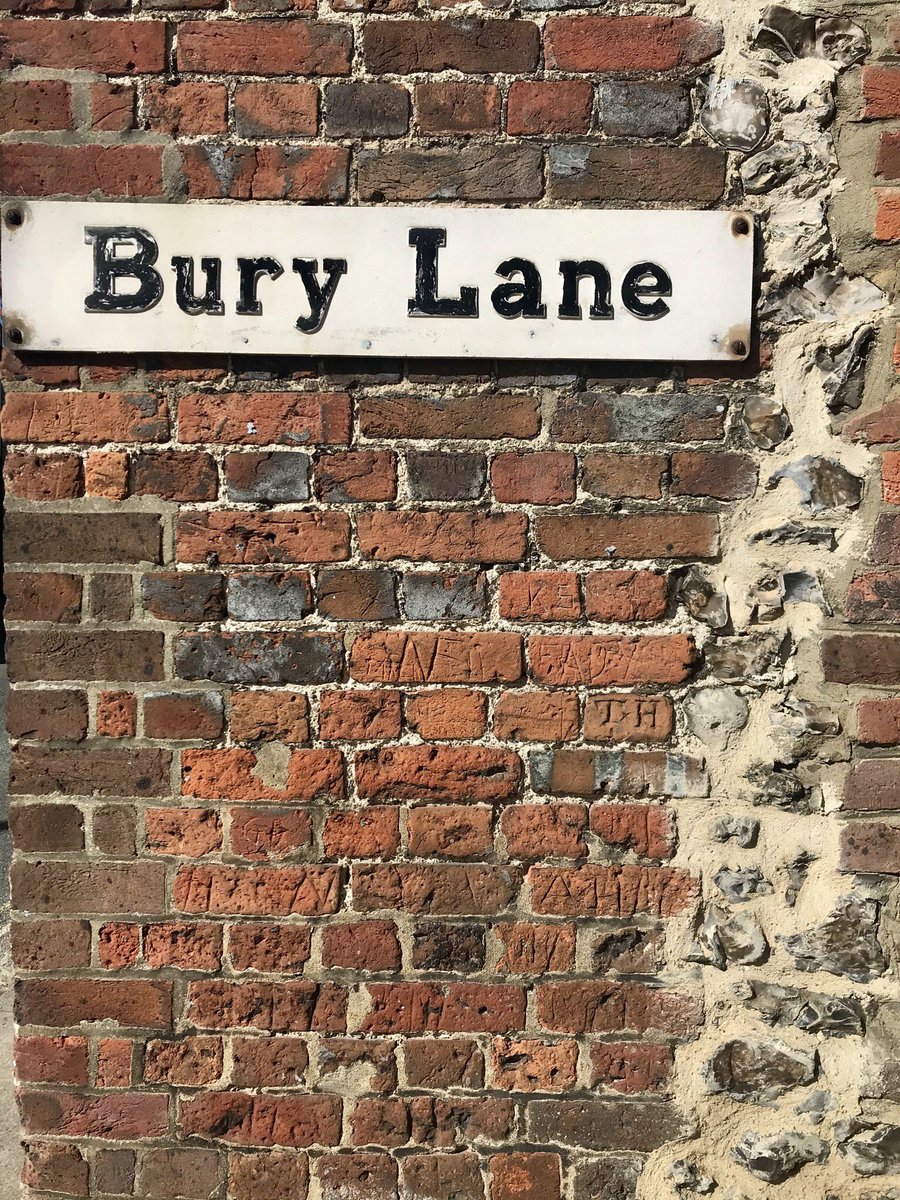
#TheDig has been causing quite a buzz this past week and we thought it would be a good time to revisit two archaeological digs that uncovered intriguing burials at our churches. So leave #SuttonHoo behind for now and come with us to Sutterby in Lincolnshire ...
/thread
/thread
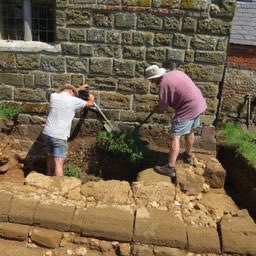
In 2015, a skeleton was found beyond the west wall of the church. Two femurs protrude, with hands clasped in front the the pelvis. These bones were radiocarbon dated to approximately 1050 - the very end of the era of Anglo Saxon rule, before the Norman Conquest of 1066. 
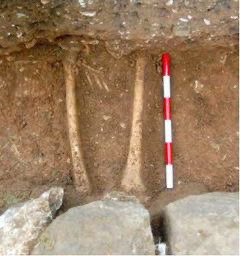
Evidence of a church from this date hasn’t been found but it may have been a timber church of which all traces are now lost. The earliest building archaeology here dates to the 12thC - a rough stone foundation built directly on top of the older burial & an existing north doorway. 

Back in 1981, archaeologists working at the late 11th-early 12thC chapel of Urishay Castle in Herefordshire would not have expected human remains, since the chapel had no burial ground ...
📷Urishay Chapel when we took it on.
📷Urishay Chapel when we took it on.
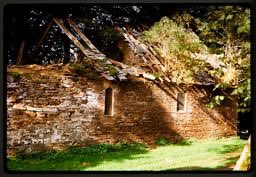
However, they discovered some surprising intramural burials: several infants had been interred in front of the stone nave altars that once flanked the rood screen. 
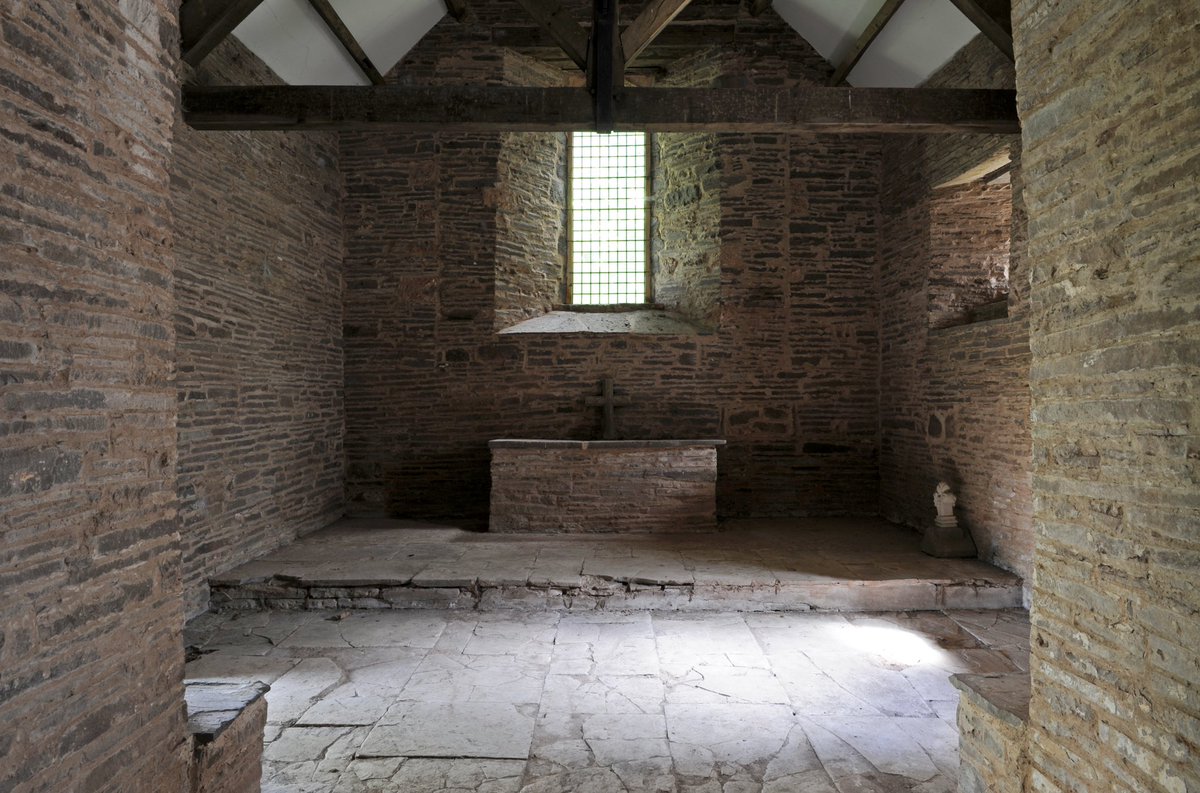
These early medieval burials provide fascinating archaeological evidence, but on a human level they also resonate with the profound experience of loss that transgresses the passing of time.
We don’t have any big digs lined up but #archaeology is a critical part of many projects. Archaeologists are currently monitoring work at Barmby on the Marsh as we pull up a concrete draining channel. It’s not Netflix movie material, but the soil can be full of surprises ...
/end
/end
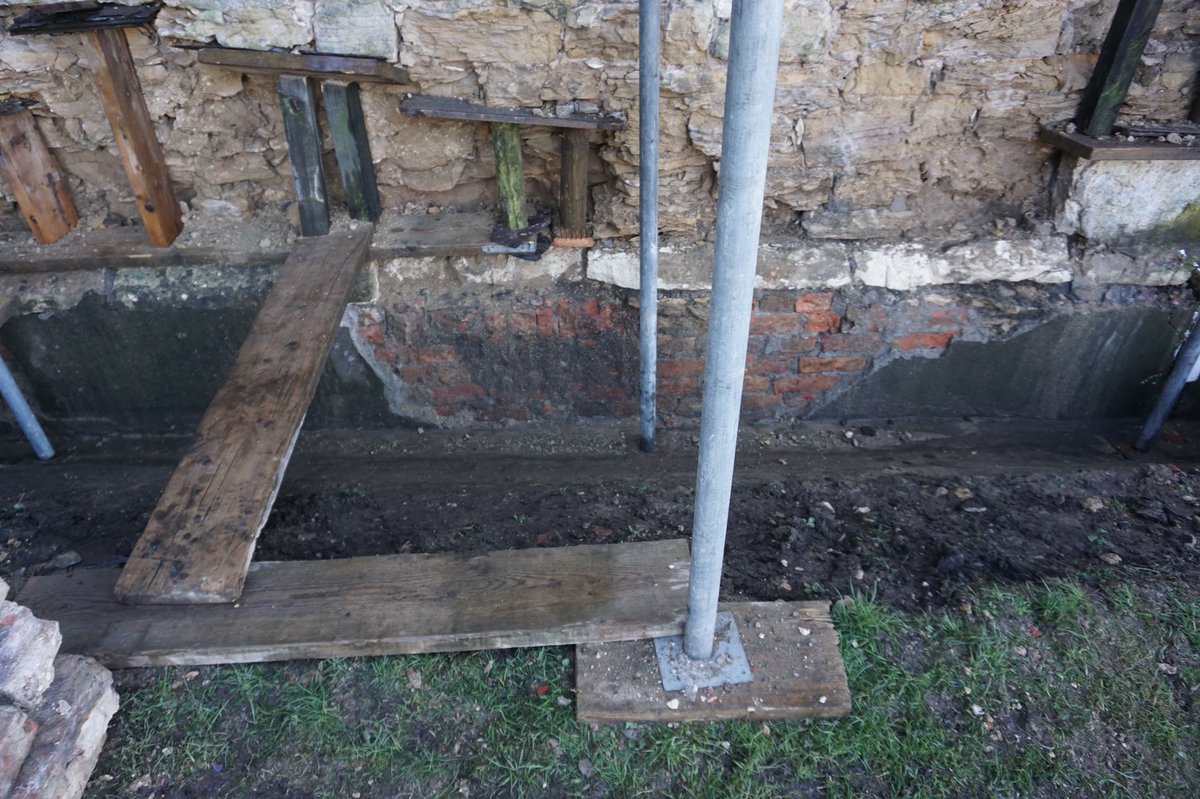
• • •
Missing some Tweet in this thread? You can try to
force a refresh

